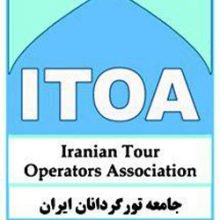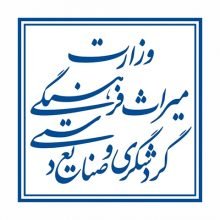
Dress Code in Iran For Tourists
The dress code in Iran is more casual that what you might expect, but there are a few rules on how you would better choose your clothes when travelling there. On religious principles it’s obligatory for women and men to cover their body more than usual dress codes of western countries. However, for tourists and foreigners the rules are not strictly observed and in the worst-case scenario you might get a kind comment about your “Hijab”.
General Guidelines
Iranian law requires that all women wear Islamic hijab upon reaching puberty, but it doesn’t specify the form. Women tourists have to observe the Iran hijab law and Iran female dress code, which at the time of writing applies not only to Iranian nationals but to all women. However, if you find others around you being more relaxed about hijab, you can do the same. Technically, all hair should be covered, but you will soon notice that this isn’t the case in practice. There is no problem with some parts of your hair being out of scarf but there should be a scarf on some part of the head.
About clothes coloring there are some wrong beliefs that they must be dark, but there are absolutely no rules about the color of your clothing so wear as bright as you can and enjoy your time. Any shades of blue and green, from pastels to deeper hues, and browns and creams are generally acceptable. Turquoise is a favorite of mine and matches the lovely multi-color tiles in the Isfahan mosques.
What Women Tourists Can Wear in Iran?
- Long pants to the ankle.
- A scarf for at least partially covering your head and your neck.
- A manteaux or long shirt or tunic that covers your bum and chest or, in more elegant words, “hides the shape of the body”.
- Shirt or manteaux must have sleeves that cover your arms down to the elbow.
Generally, women have to wear clothing that conceals their body parts. In Iran you can see most women wearing “manteau” that might be in different colors and even tight or short. Your other choice can be “tunics” and pants. If you would prefer to wear a skirt, it should be at least mid-calf or longer, with nontransparent, darkish hosiery underneath. Ankle length skirts are unusual but acceptable. There is no problem with wearing skinny jeans and high boots but avoid Carpi pants, they are too short and not acceptable. Open toed sandals with nail polish are fine.
During late autumn, winter and early spring (October to March), these requirements are easier to follow, as women visitors can wear a raincoat over pants. In the warm and hot months (April until late September), my advice would be to choose a linen jacket or even an oversize but ton-down blouse to get to Iran and then have your first shopping experience hunting for a cool overcoat once you get here.
Despite the common misunderstanding, “Chador” is not compulsory except when visiting some mosques and holy shrines, where you can borrow one at the gate or even, if fancy takes you, buy a ready-made one from a nearby bazaar.
Women’s Indoor Clothing
The rules about what you wear are just for outside the houses and for private indoor places there are no rule. Feel free to choose your dress code when invited to an Iranian house. Iranian women dress as they desire in the houses but some religious women follow the Islamic rules about their clothing even in private places.
What Men Tourists Can Wear in Iran?

- Long pants to the ankle.
- No sleeveless t-shirts.
Anything middle-of-the-road is acceptable. There are fewer rules and restrictions for dress code for men in Iran. They can be casual and wear somewhat the same clothes as they wear in other countries. However, wearing shorts is not acceptable in public places. Men can wear shorts at beaches or sports complexes. However, T-shirts and ties are fine, but they should always avoid sleeveless vests.
Formal Dress Code in Iran

As in the West, a suit is the generally acceptable dress code in Iran for men on business and formal occasions and “manteau” and a scarf for business women. The main obvious difference is the almost general absence of a tie, at least in government organizations and government-affiliated companies. This doesn’t mean that you can’t wear a tie, because Iranians are aware of the different dress styles and may even expect you to follow your own—foreign leaders and diplomats always do. Iranian private businessmen are more likely to wear a tie.










